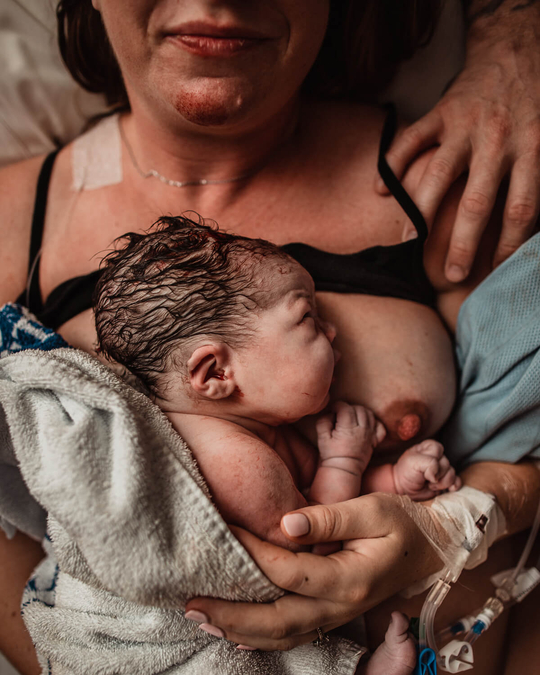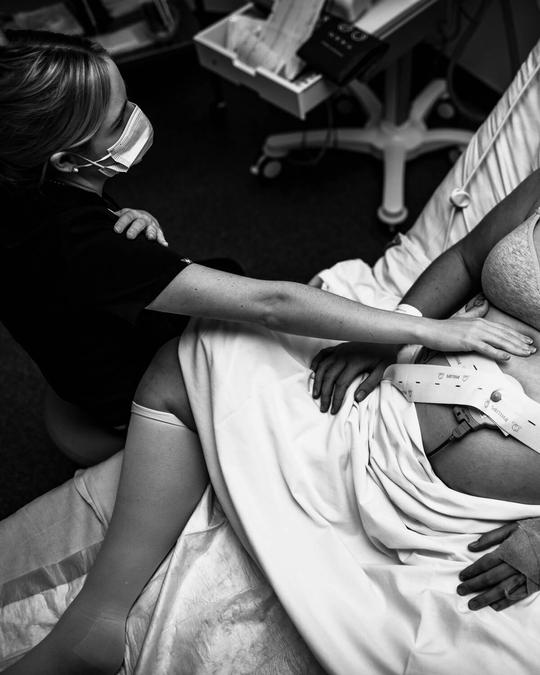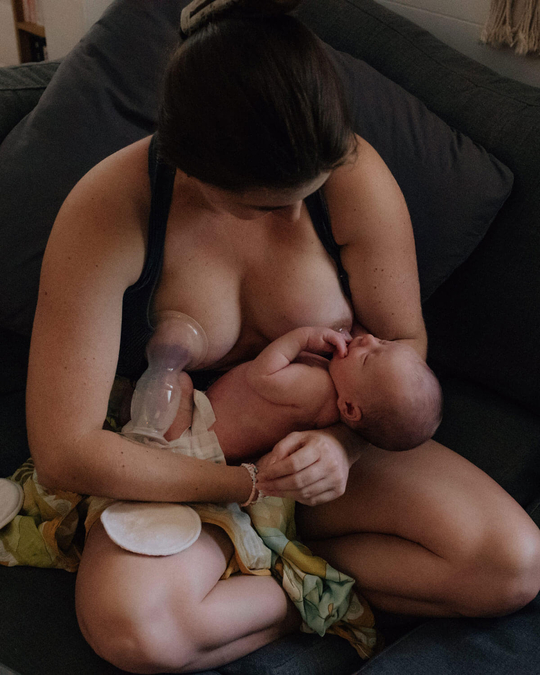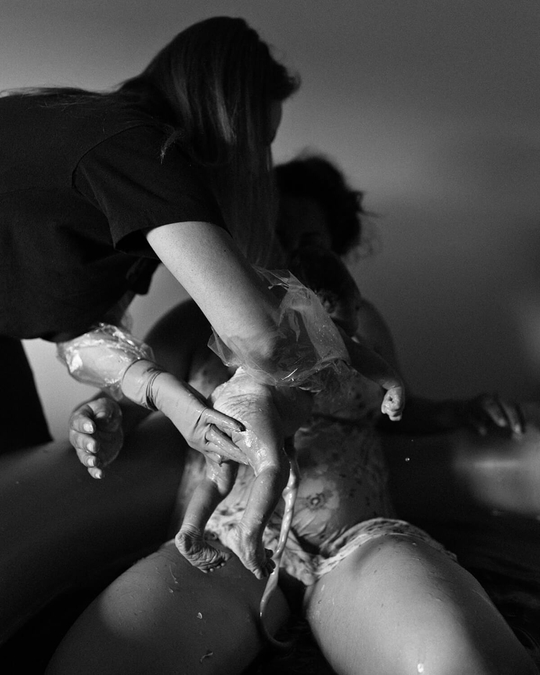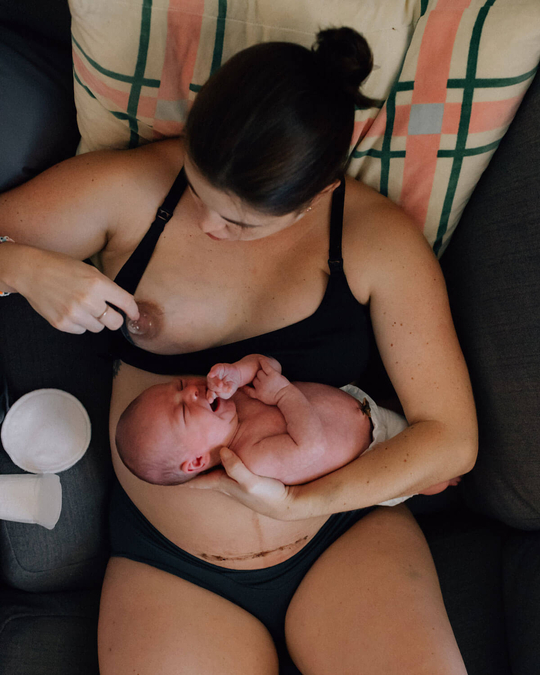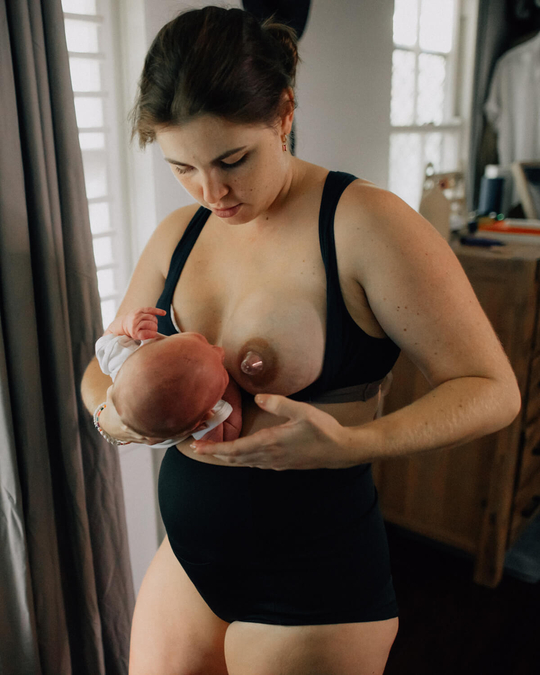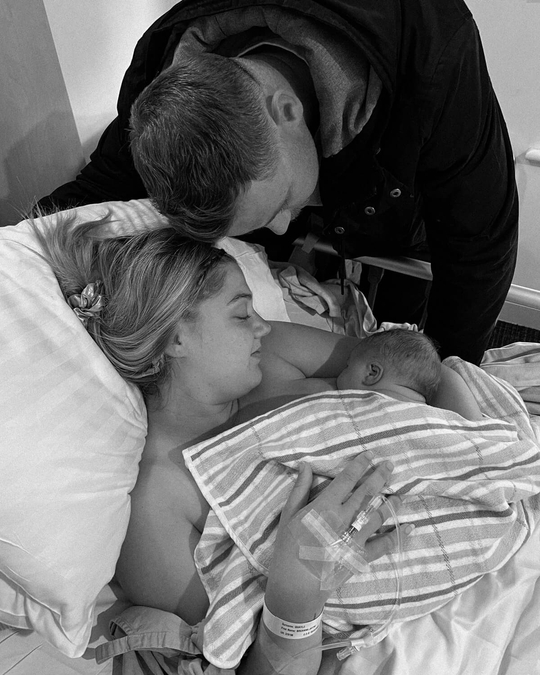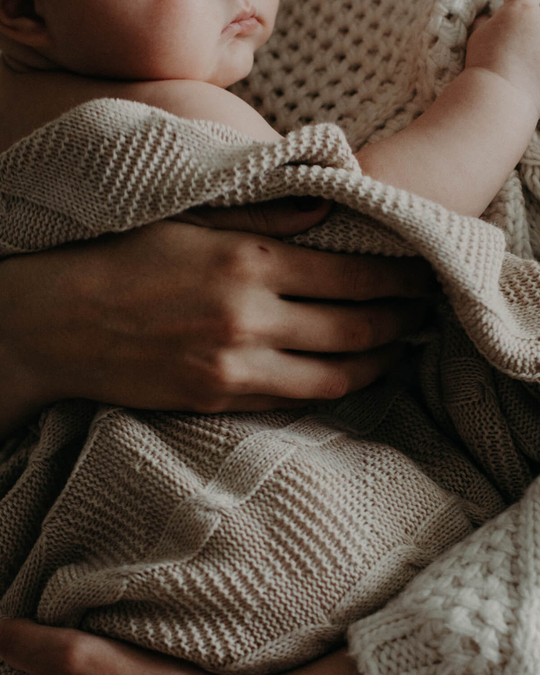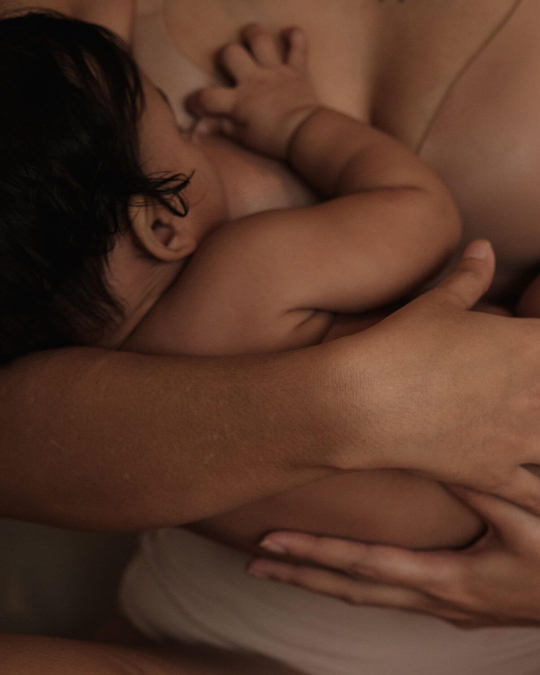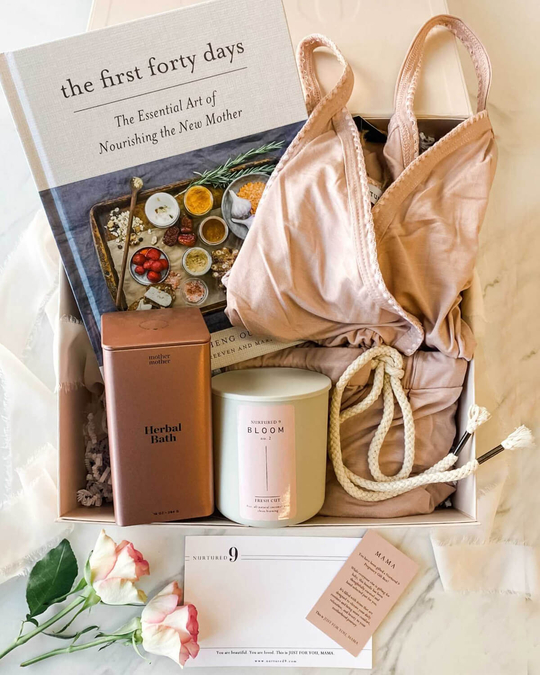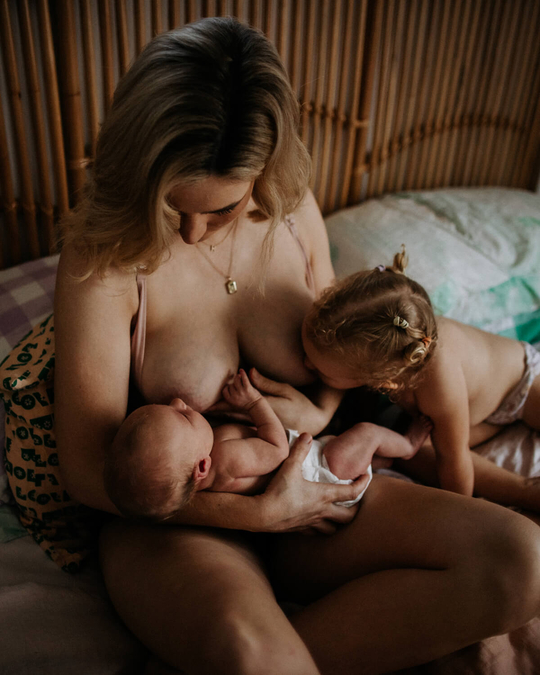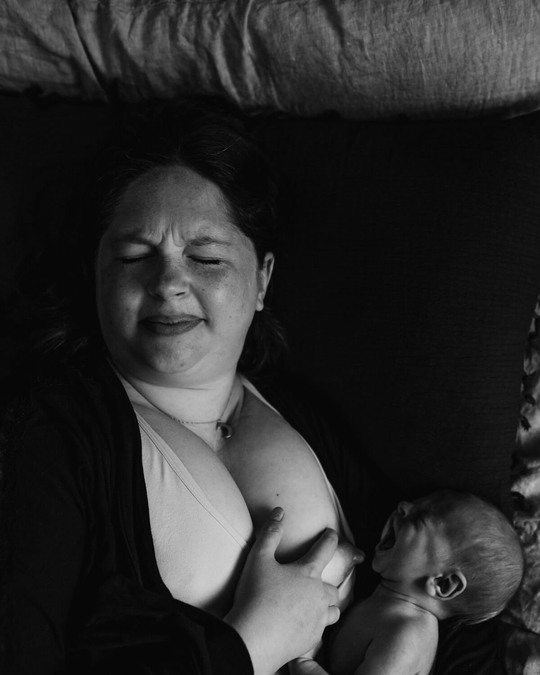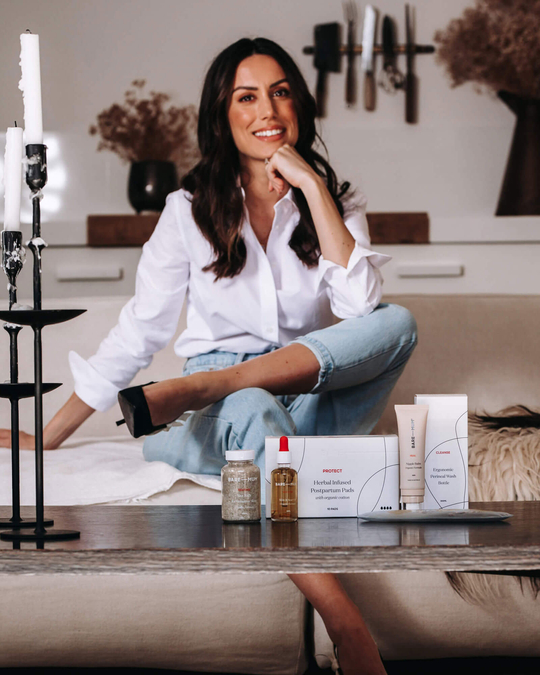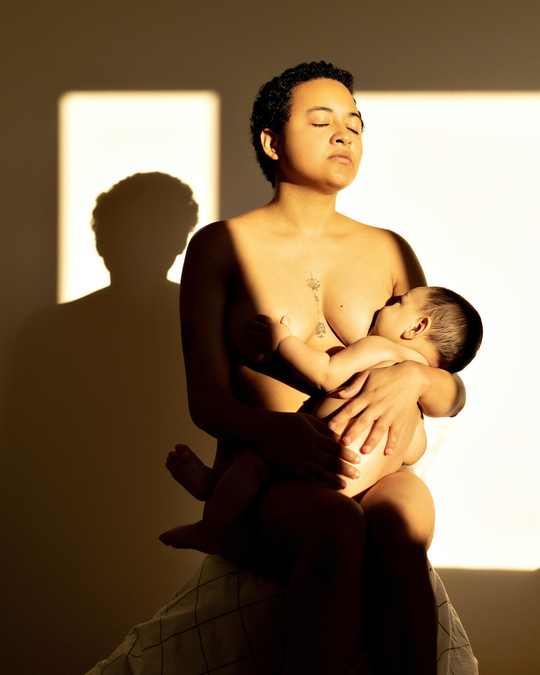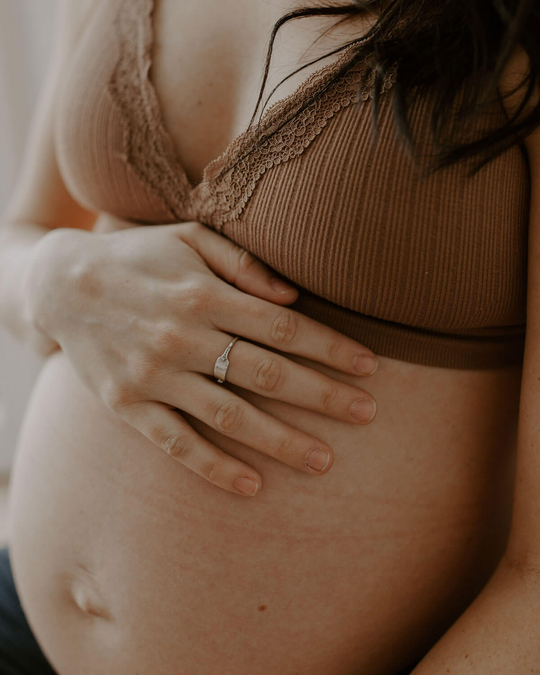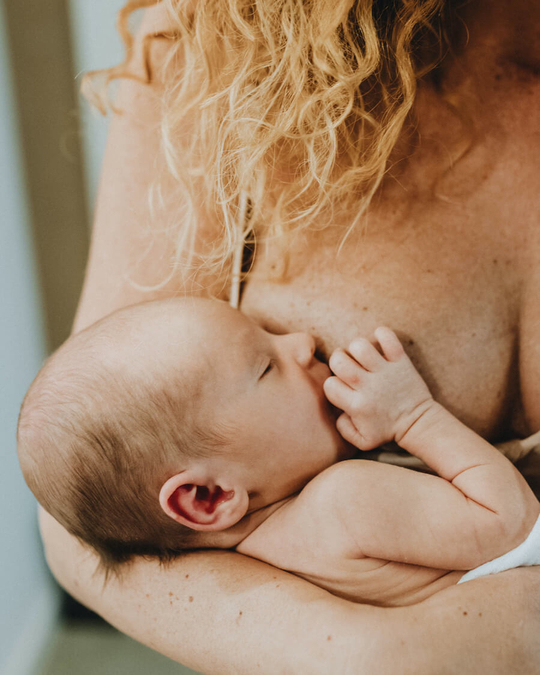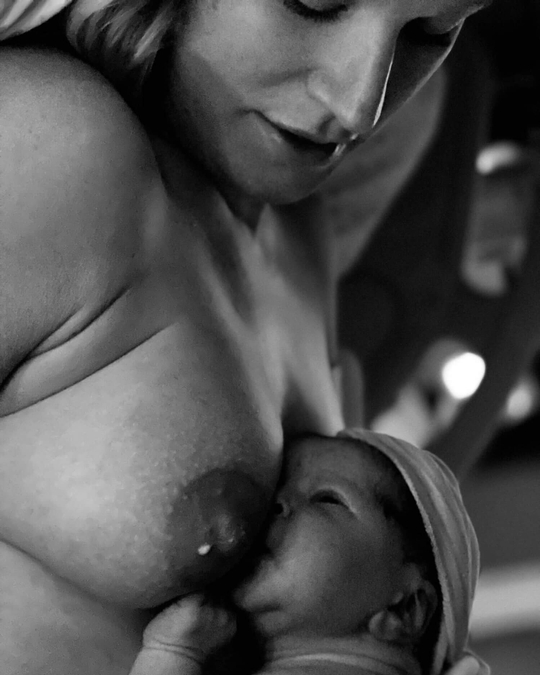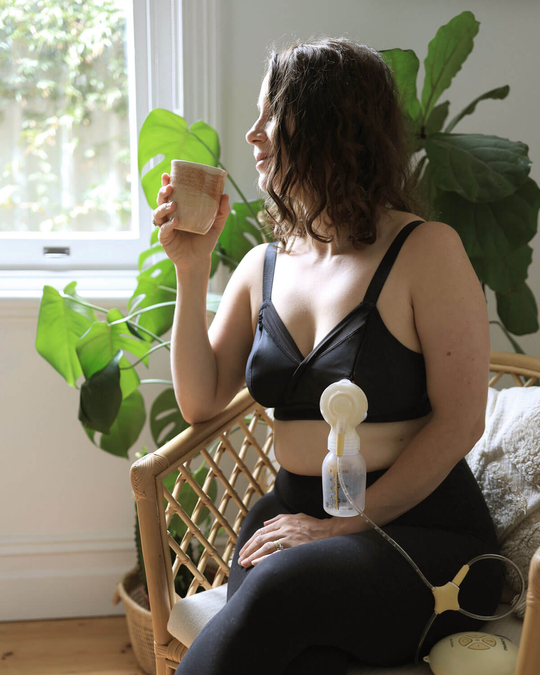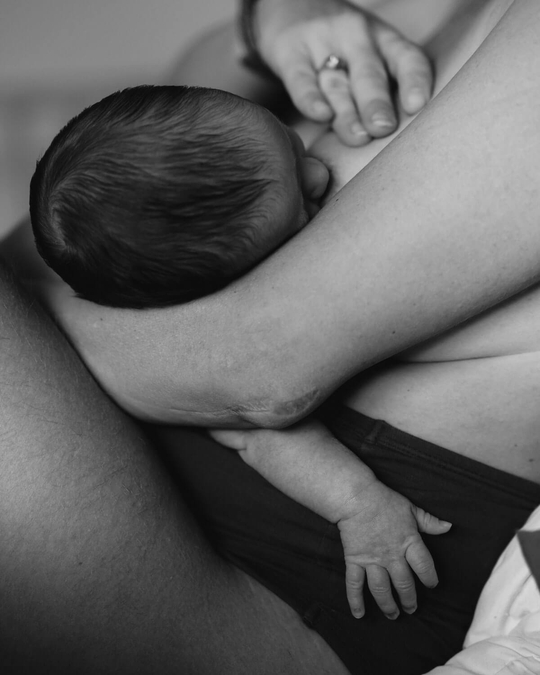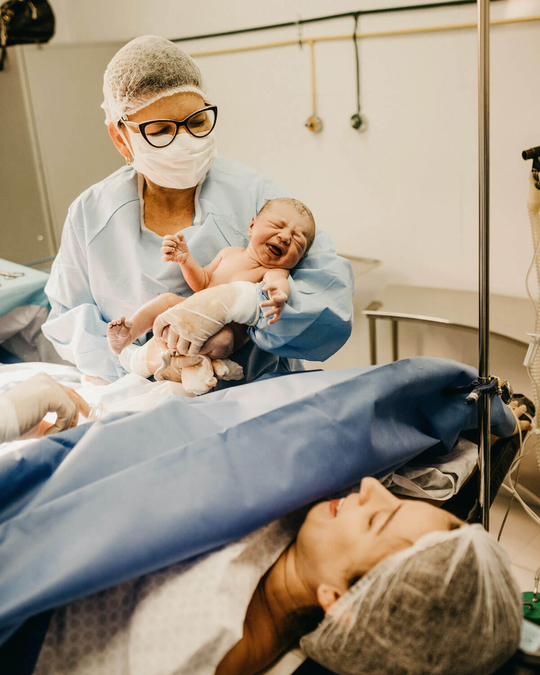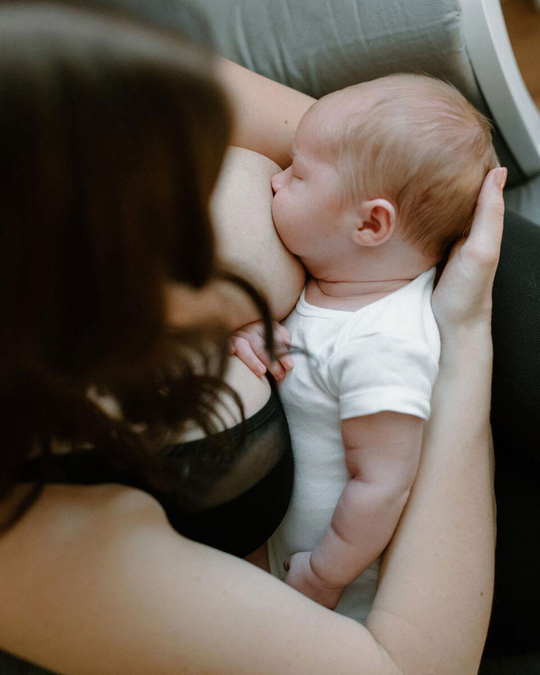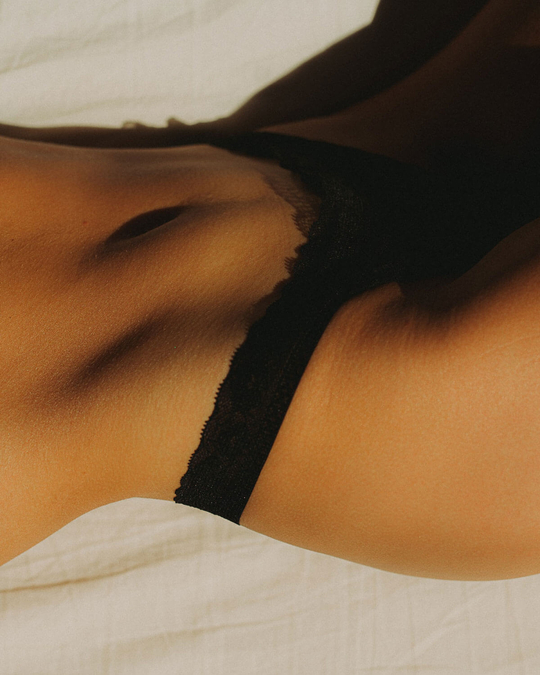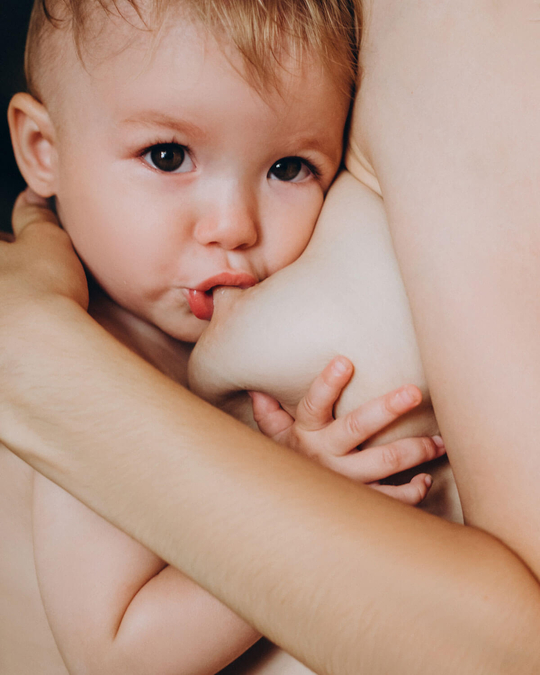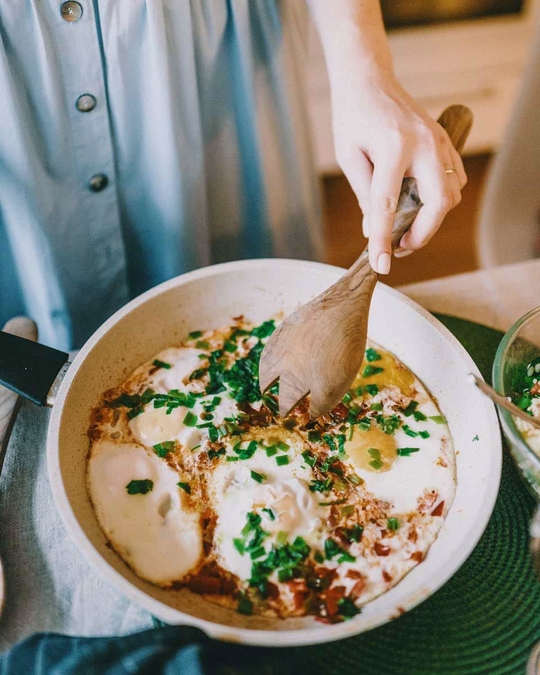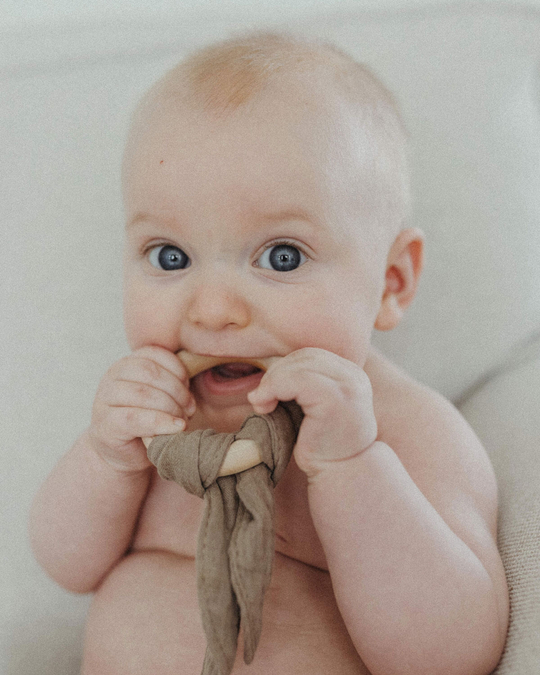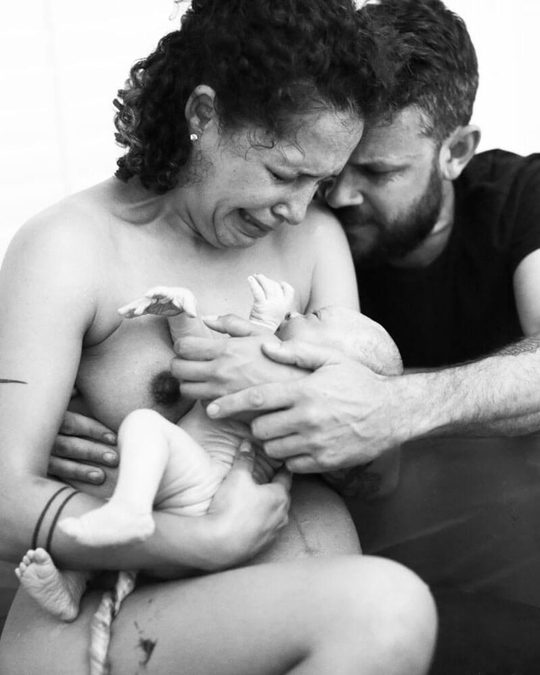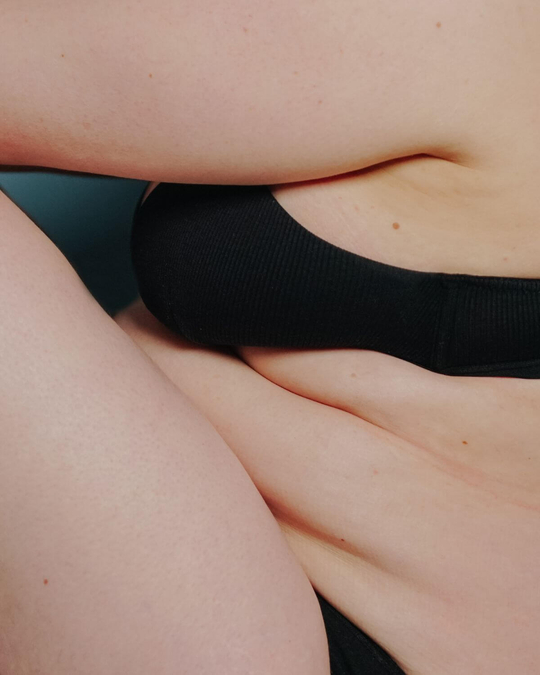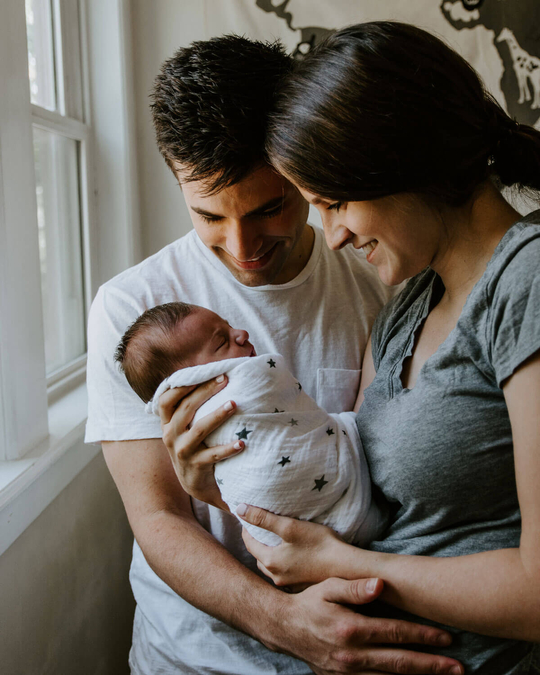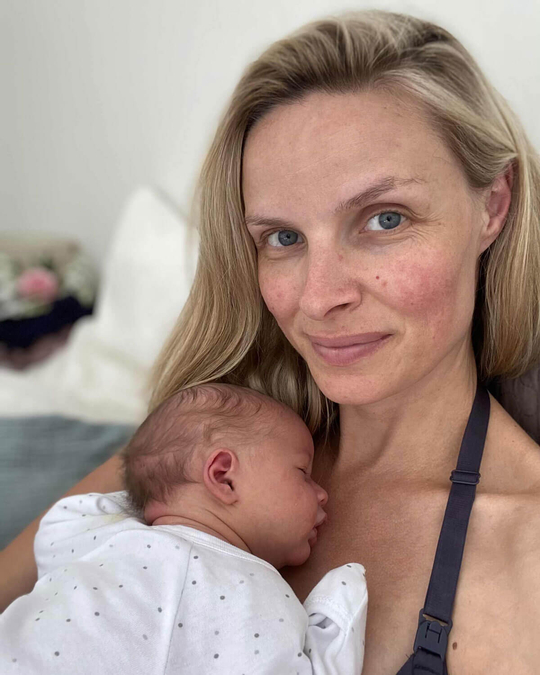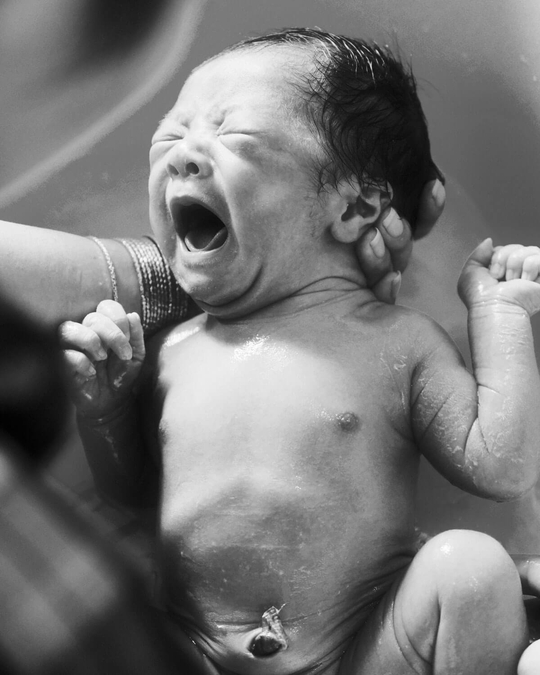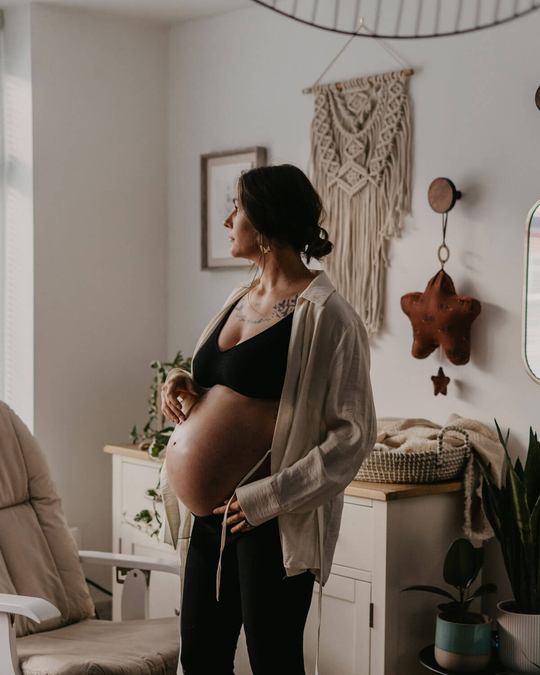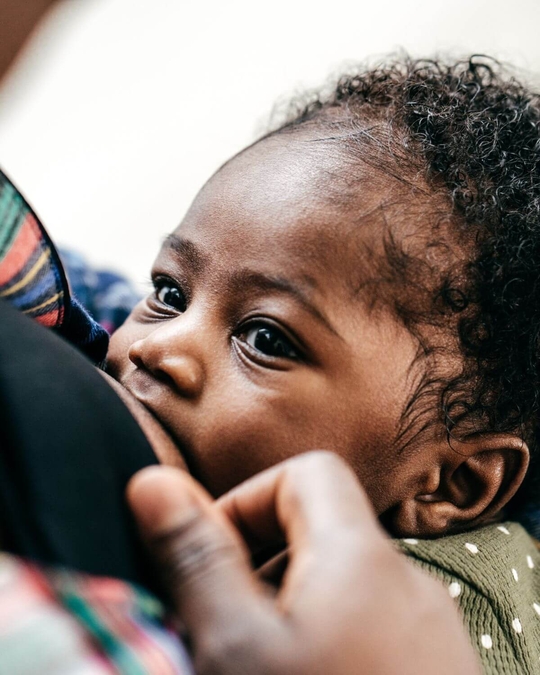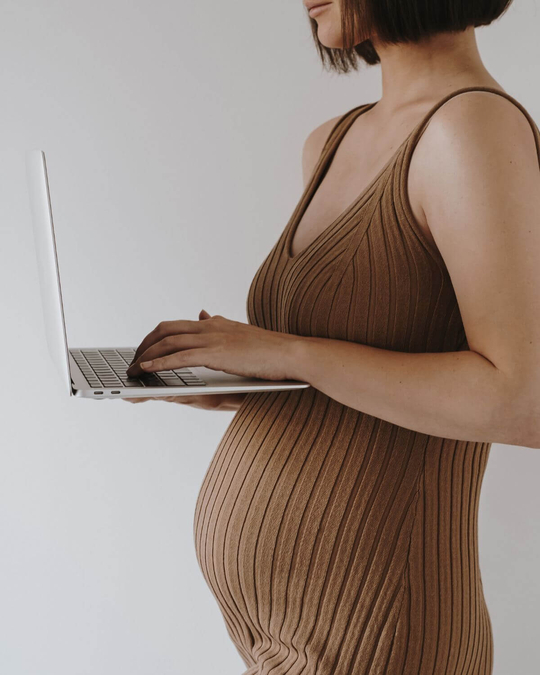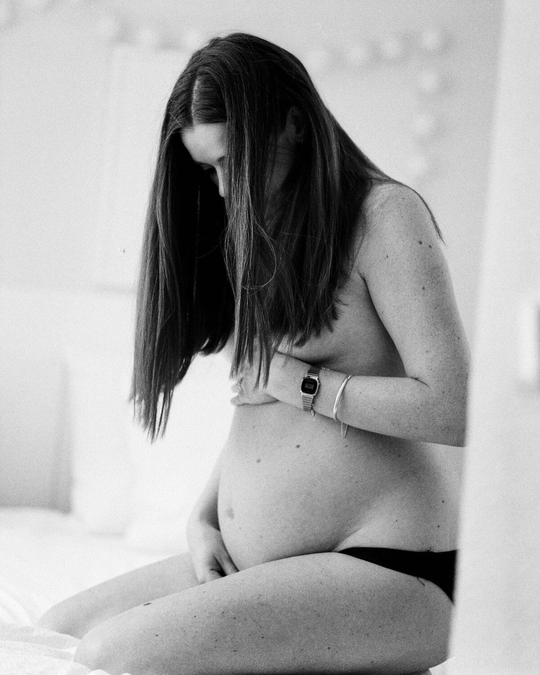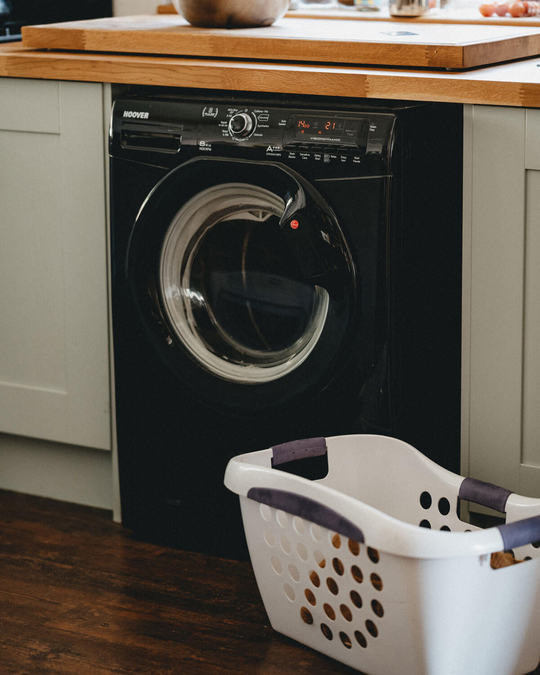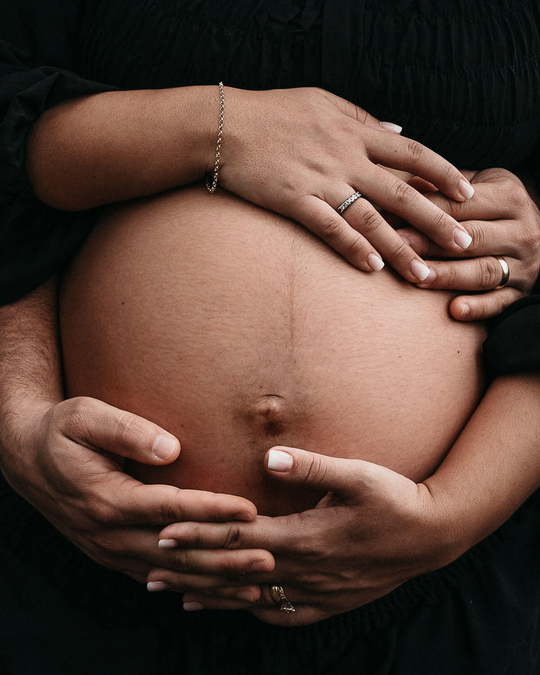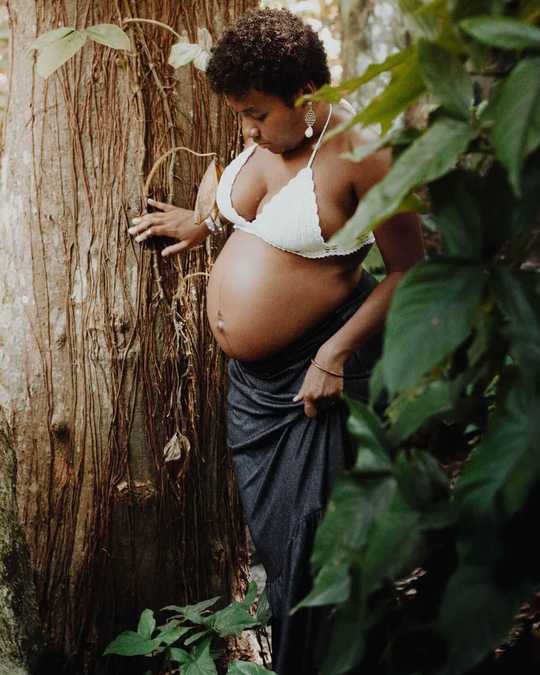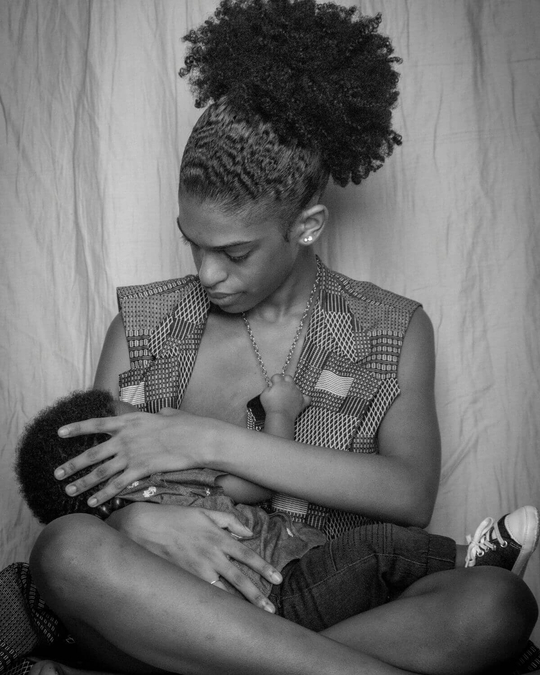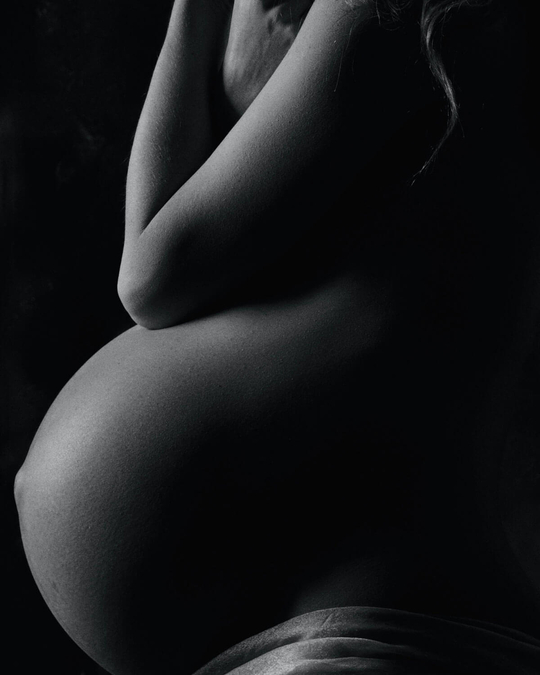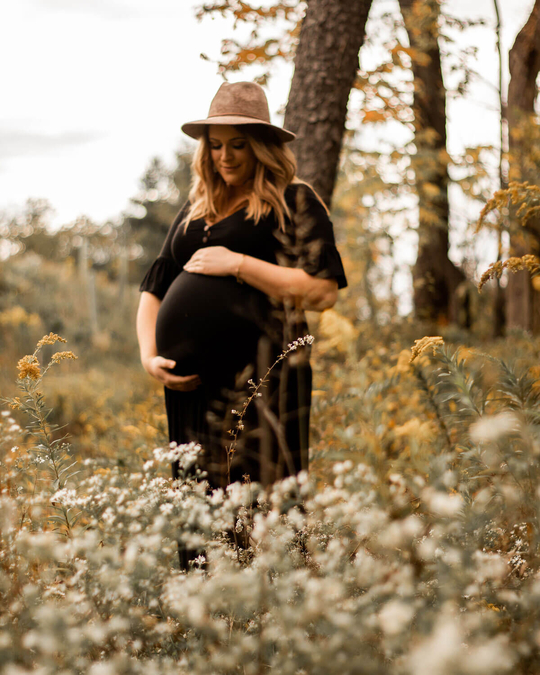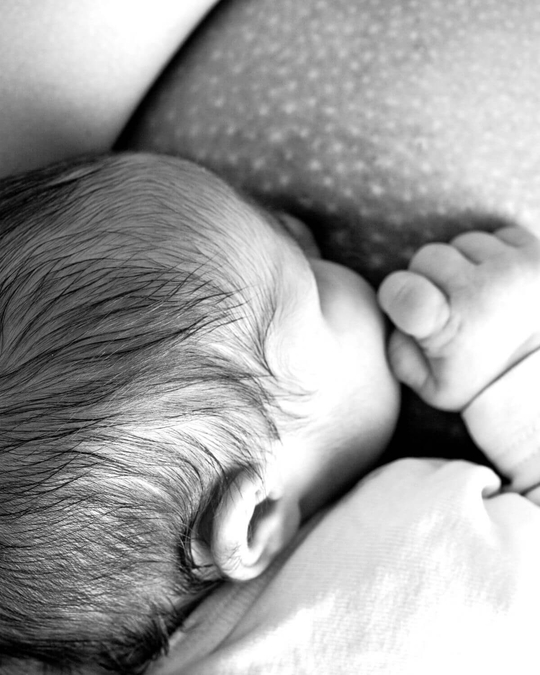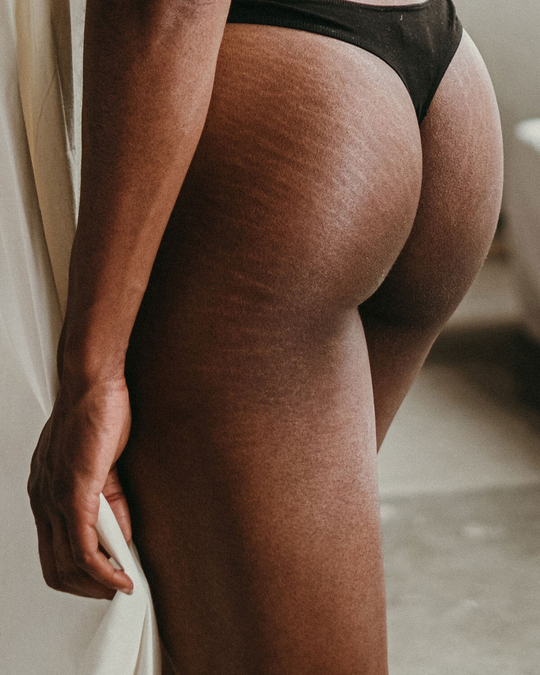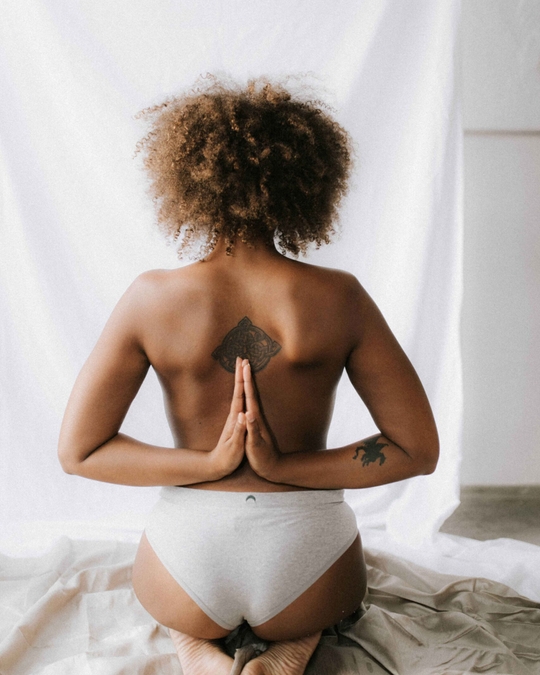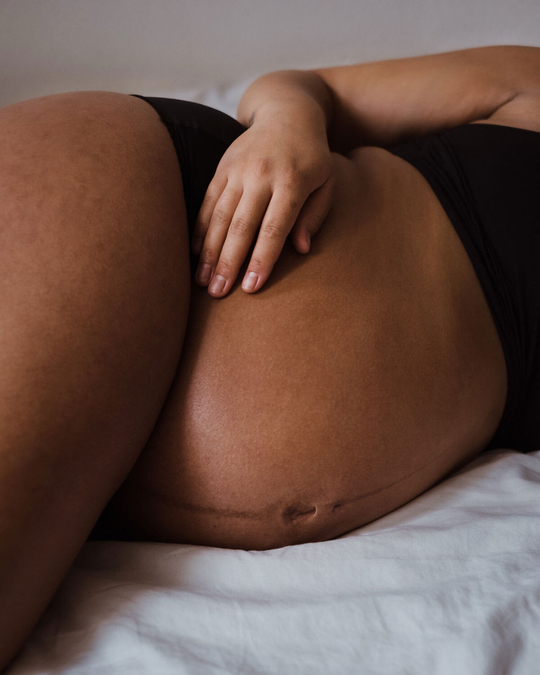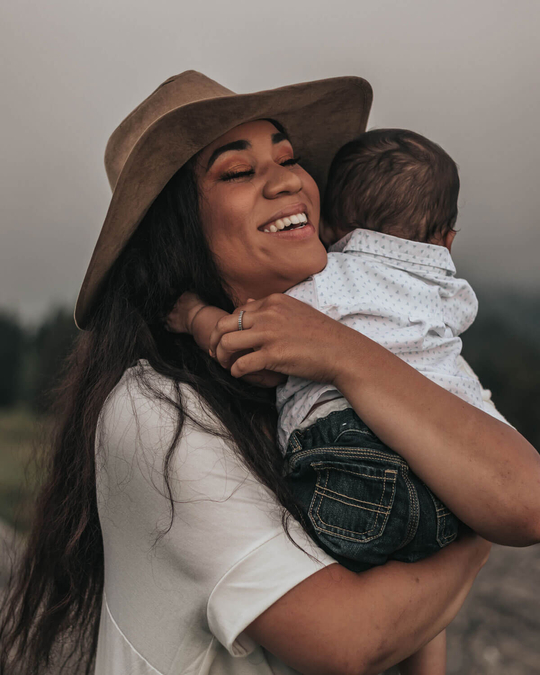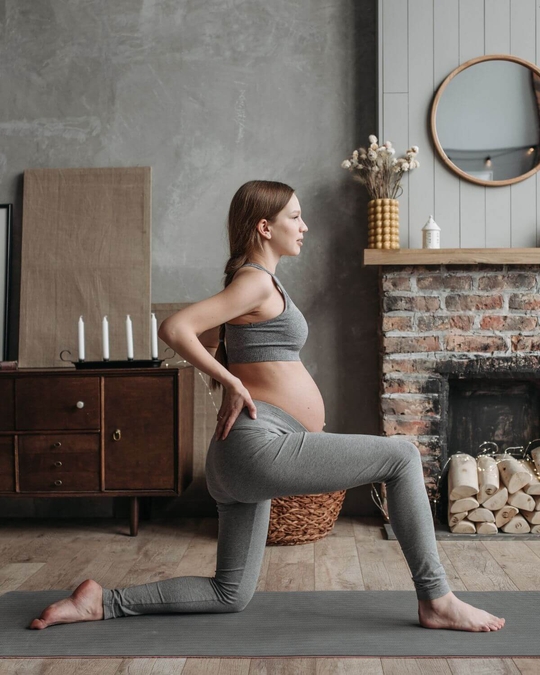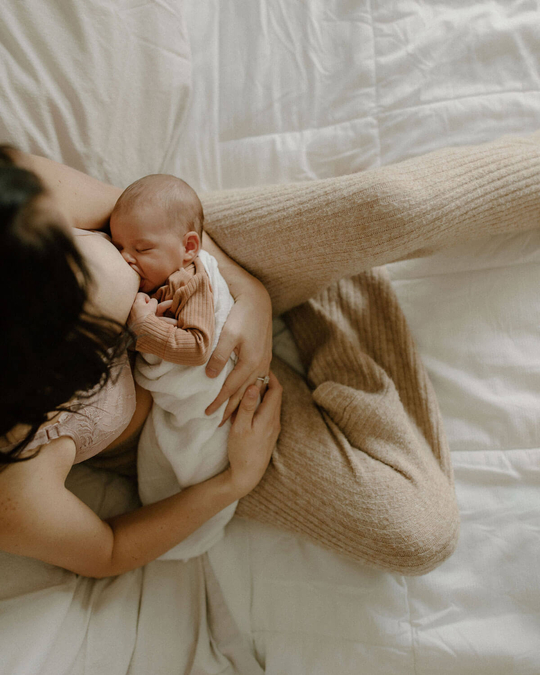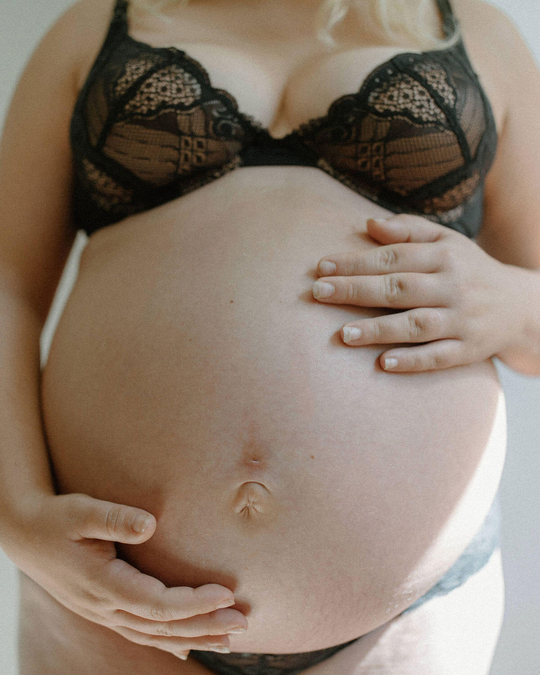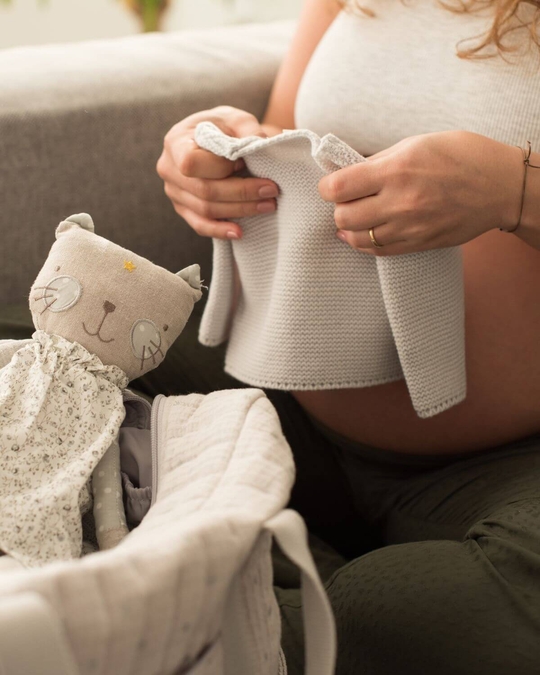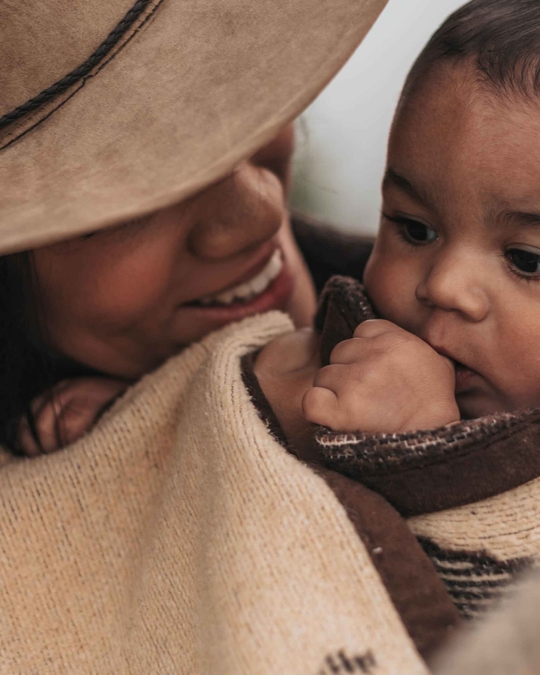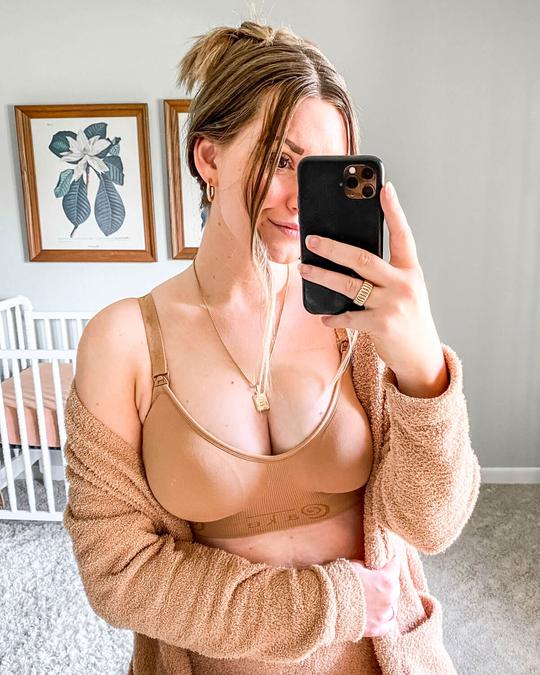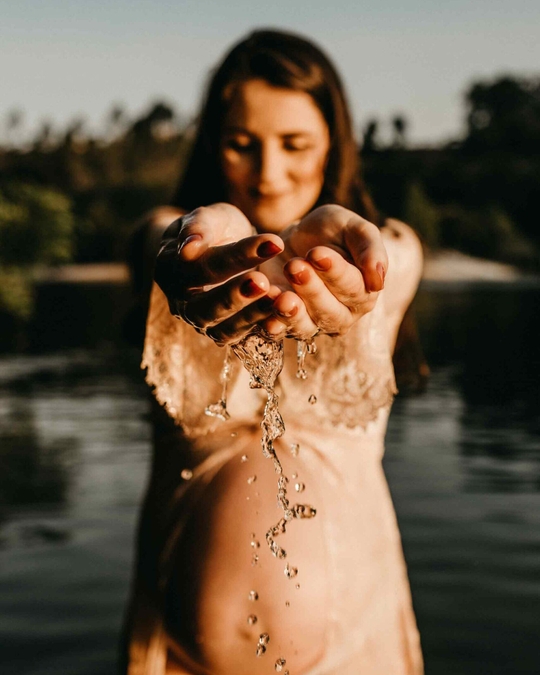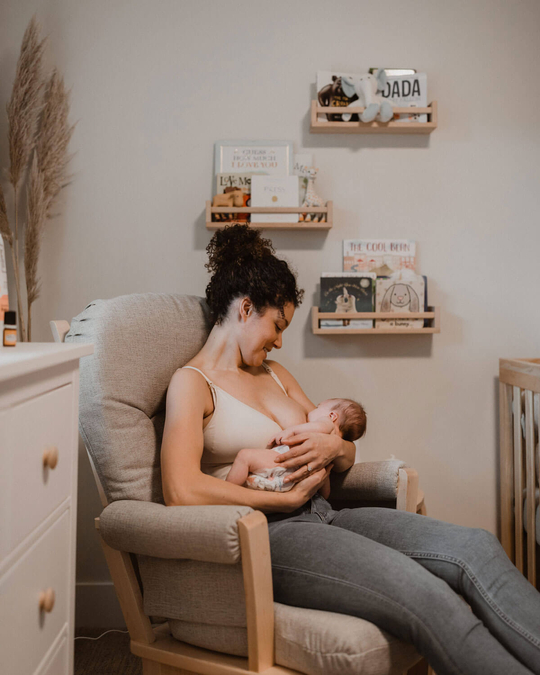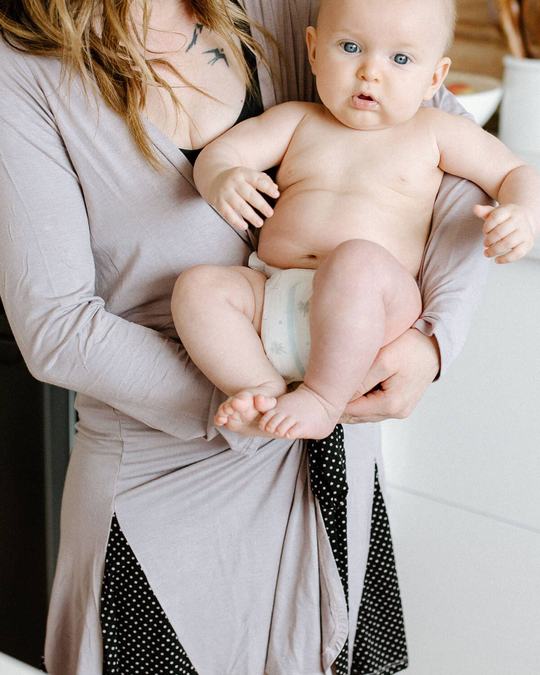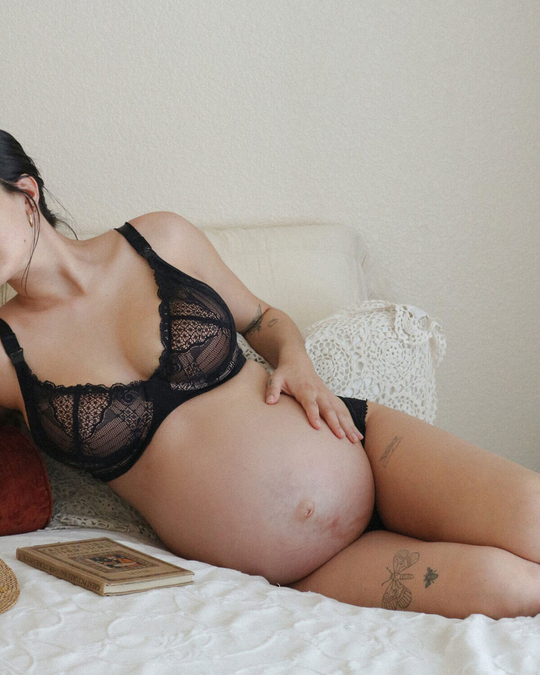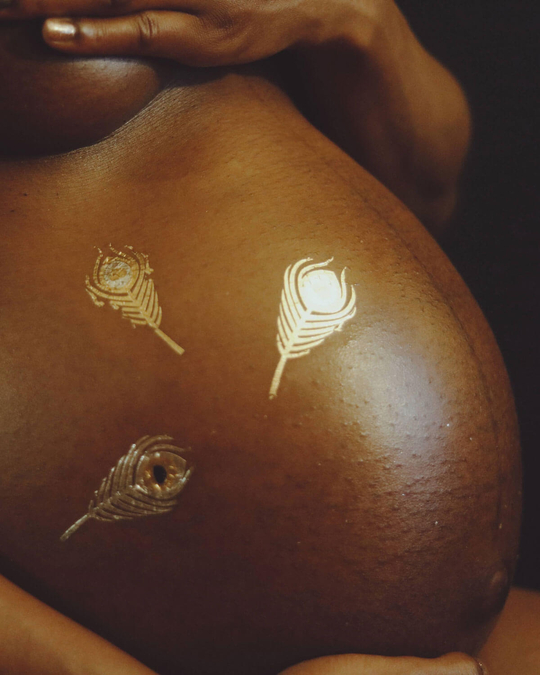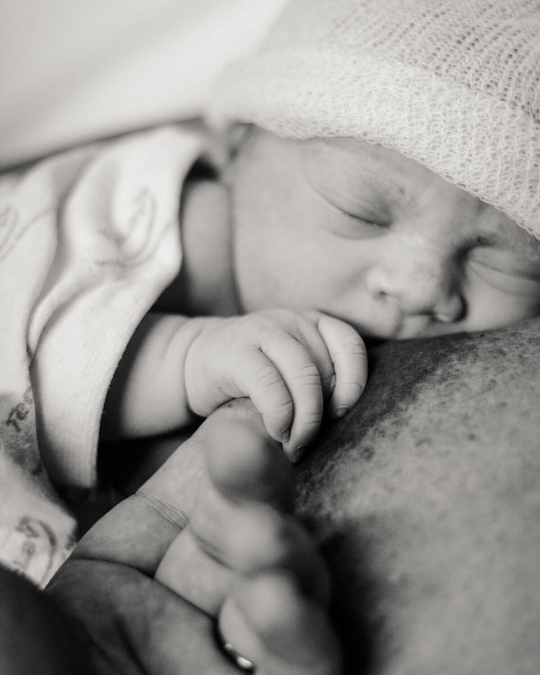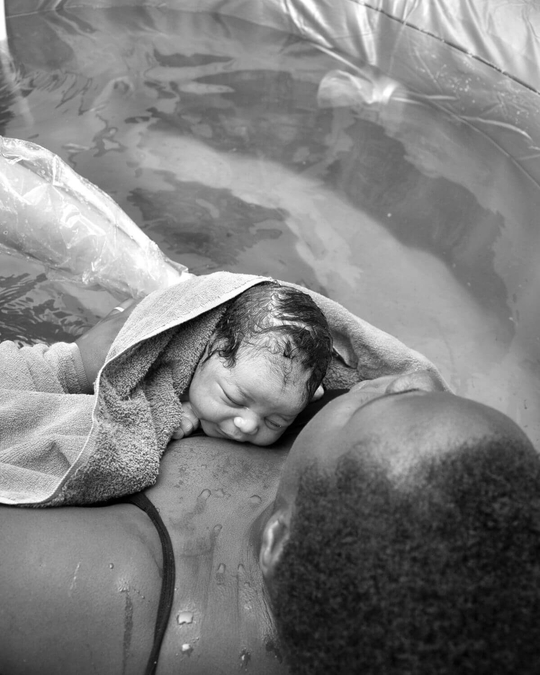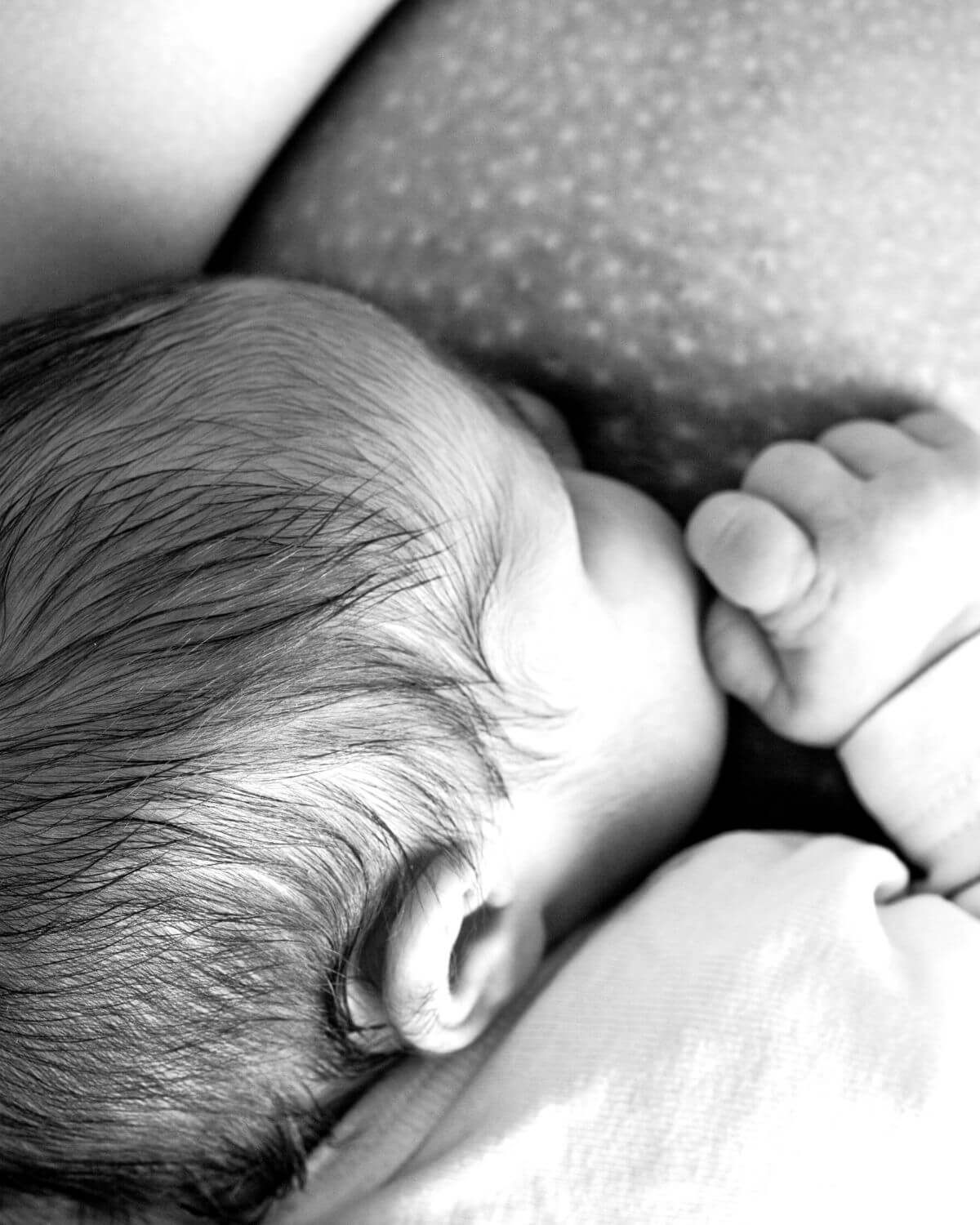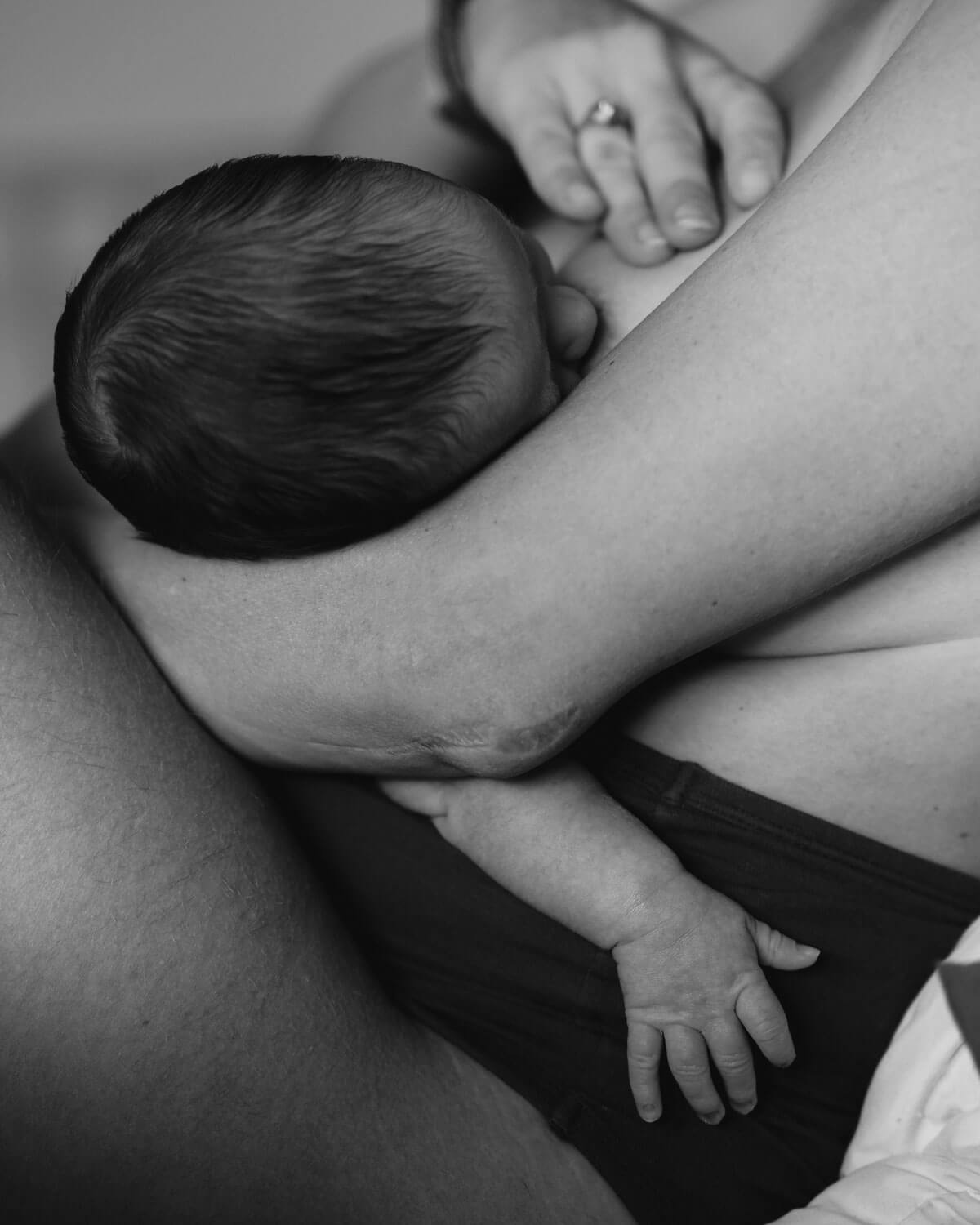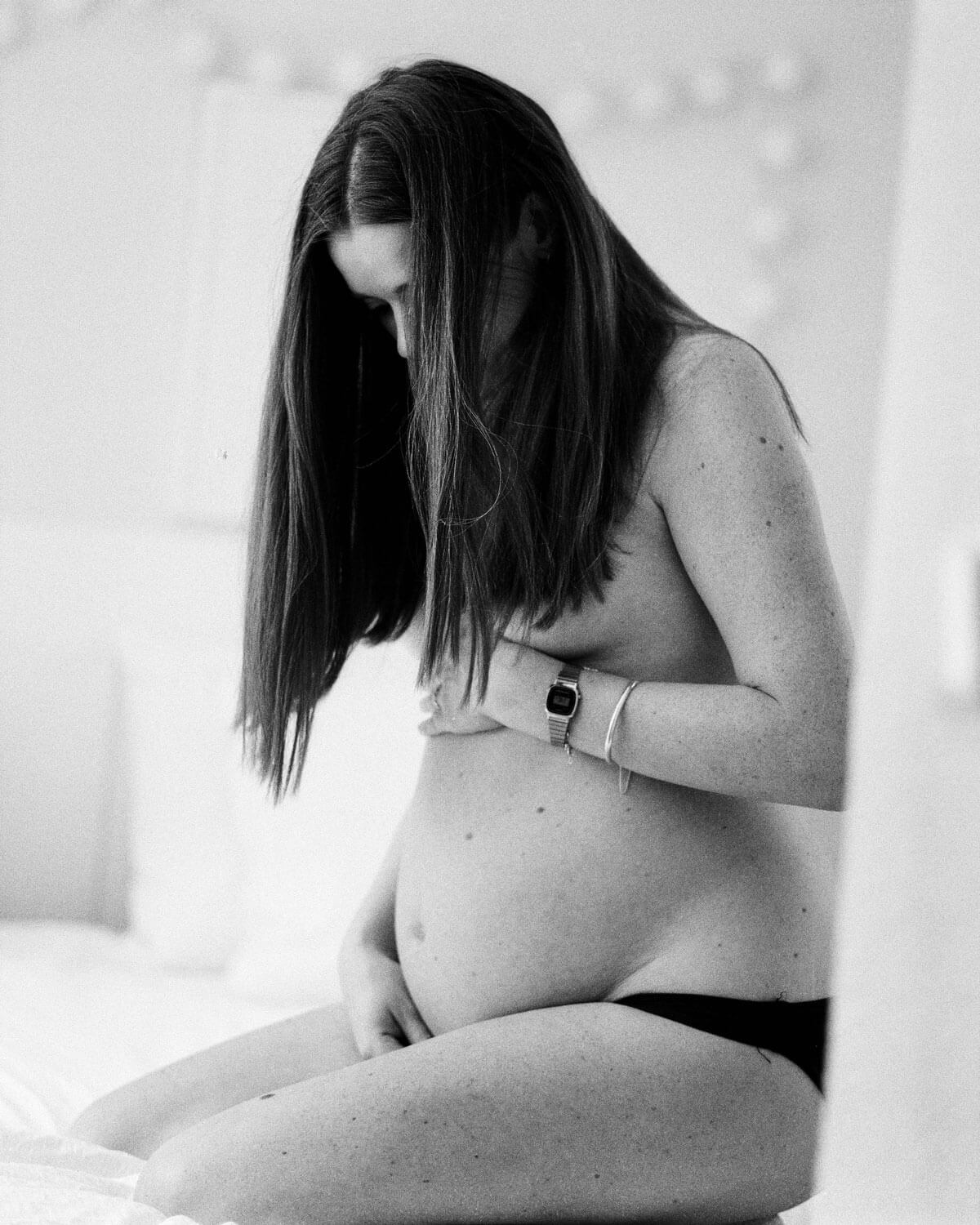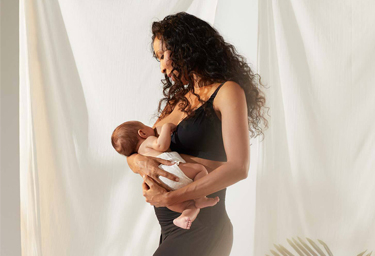Sore nipples are a common complaint especially early on in your breastfeeding journey.
Whilst discomfort and mild pain is normal to start, should you experience continued strong levels of pain it is best to consult your health care provider, as the pain may be a result of poor positioning or an infection.
Common causes of nipple pain
Incorrect latch/poor positioning
Get comfortable and allow the baby to latch on by him or herself.
An incorrect latch will put extra pressure on the nipple causing unnecessary trauma.
Incorrect latch: Babies mouth is sucking solely on the nipple.
Correct latch: The nipple should sit nice and deep near the back of baby’s throat. His or her mouth should be wide open and covering the areola, which surrounds the nipple.
Breast pump
Using a breast pump too vigorously can cause nipple damage. Make sure you position the breast pump correctly and take it slow to start.
Thrush
Thrush is a yeast infection and it can be contracted via baby’s mouth. Yeast infections will find their way into cracked damaged nipples with ease.
Cracked nipples
A painful condition, that attracts infections if untreated.
Poor nursing bra
Invest in a comfortable, well-fitted nursing bra.
Look for features such as cotton lining which will allow your skin and nipples to breath.
Ensure the bra fits well. A restrictive bra will compress the breast and nipples resulting in discomfort.
Disposable nursing pads
Whilst convenient, disposable nursing pads are not kind to your nipples. Disposable nursing pads can be scratchy and hot. Women will also generally feel dryer for longer so will change the pad less frequently.
A wet-nursing pad can be a breeding ground for conditions such as thrush.
Opt for washable nursing pads made from cotton and or bamboo. The soft breathable fabric will not only feel soft against your skin but will allow your skin to breath.
You will need to change a washable nursing pad more often. This means a dryer healthier environment for your nipple to be in.
Less chance of infection!
Preventing cracked nipples
Nipple shields
Whilst not for everyone, nipple shields can provide the wearer protection. It is important to remember that nipple shields are made from silicon (your baby will be sucking on this).
Organic Nipple Balm
A soothing, organic nipple balm that repairs and protects sore nipples with a gentle, non-stick formula safe for both mom and baby. The cooling ceramic applicator provides hygienic relief and prevents cross-contamination, with no need to wipe off before breastfeeding.
Breast milk
Rubbing a small amount of breast milk on your nipples after a feed will help to keep your breasts healthy and infection free.
Your breast milk is packed full of antibodies and immune molecules designed to keep your baby healthy. These same antibodies will help to keep your nipples healthy too.
Air out your nipples
After feeding air dry your nipples before putting your bra back on. Keeping them in a dry environment will help to reduce your risk of conditions such as thrush, and will help them to harden up.
Correct latch
Consult your local lactation consultant for advice should you be experiencing long-term pain whilst breastfeeding.
A few simple changes to your technique can make all the difference.
—
Disclaimer: Cake does not provide medical advice, diagnosis, or treatment. Any information published on this website or by this brand is not intended as a substitute for medical advice, and you should not take any action before consulting with a healthcare professional.
LIKE WHAT YOU READ?
Join CakeMama Club & get 10% OFF your first order!
Plus you’ll get tips + tricks for pregnancy, postpartum & breastfeeding, get member-only offers, earn CakeCoins every time you shop + more. Learn more








